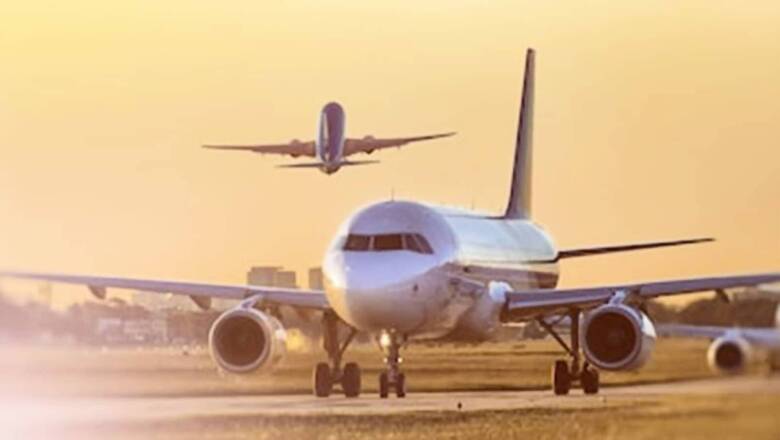
views
With the government’s asset monetisation plan expected to gain traction, investors have already started to evaluate airports in key states and cities across the country. These “brownfield” assets will require focused investment and strategies towards improvement and towards delivering returns. Most investors will be counting on growth as a lever but financing this growth requires a mitigation of risks and local support. Needless to say, the asset monetisation plan for airports will need states to play an active role.
States Integral to Airport Development
While aviation continues to be a central subject, the role of states cannot be overlooked. In the case of greenfield airports, this role includes site identification by developer of state government, completion of pre-feasibility study and subsequent submission to the central government. Thereafter, a site clearance is issued by the Centre which then counts as in-principle approval. This is followed by bidding and awarding the project by the Centre, formal approval and environmental clearances and impact assessments and most importantly, land acquisition by the state. For brownfield airports, the state has to deliver on improved surface connectivity, industrial development and once again, land acquisition.
For any airport’s success, policies such as taxation on fuel, connectivity and concessions of various kinds are also critical. Security continues to be a state subject and is a key element critical to the airport’s success. COVID-19 health security—which is also a state subject—has given further impetus to states towards design and delivery of outcomes aligned to development goals.
Subsidies and waivers can help ensure that airports serve a larger population base and the design of these subsidies and waivers can also help redirect benefits towards policy goals of inclusive access. And given the demographics and diversity, these are best done at a local level.
Financiers Wary, States Can Help Alleviate Concerns
Airport projects are unique in terms of capital investment required and the long gestation periods. For India, it is estimated that ~USD 40 billion will be required for airport development alone over the next decade. Brownfield projects with minimal construction or commencement of operations risk offer better avenues for cash-flow mitigation. Of course, this assumes that there are no local hurdles.
ALSO READ | As Airport Monetisation Plan Gains Traction, Can’t Ignore Stagnant Growth, Job Losses in Aviation Market
Because of the investment amounts involved, understanding risks is critical to project success and this often involves questioning aggressive forecasts and overly optimistic paper-based outcomes, and getting a sense of the ease of implementation. Forecasts that magically indicate that an airport in the middle of nowhere will suddenly start witnessing footfalls or that fail to account for scenarios where traffic dips and how it impacts returns are all too common.
Yet, in the current environment, this simply will not hold especially with new regulatory mandates such as the one by the Reserve Bank of India that forces provisioning after pre-determined timelines. This, in turn, means that the planning must be comprehensive and take into account on-ground realities. And in states that are actively engaged, the outcomes will be more meaningful.
States can also provide incentives via the subsidy or waiver route. This is easier said than done especially where incumbent governments face the burden of funding social programmes. Yet, a long-term perspective can deliver returns to the state with multiplier impacts and which can last for decades. The design of waivers also can ensure that all returns accrue to the state.
Real Returns: Connectivity, Development, Employment
For states, it could be argued that competitive federalism also warrants collaborative work and, in turn, requires a fair share for states. And most contracts do not have a provision for sharing direct revenues with states in spite of the integral role they play in the development and operation of the airports. However, the real returns are via increased connectivity, development and employment.
As of writing this, 18 airports in India are operated or to be operated by private parties—majority under a PPP model. With the announcement of the asset monetisation plan, an additional 25 airports are lined up for potential privatization over the next four years. States are being counted upon for land acquisition and transfer—both of which involve significant commitment to time and money—for surface connectivity, for local governance, for developing tourism products, and for ensuring that benefits from connectivity accrue to the wider catchment.
For states—especially those that are thinking ahead—the asset monetisation plan is an opportunity to leverage connectivity towards greater returns for citizens. Towards commerce and job creation. And, towards ensuring that development is balanced with other critical needs of the citizens.
States will play an integral role in the asset monetisation of airports.
Satyendra Pandey is the Managing Partner at aviation services firm AT-TV. The views expressed in this article are those of the author and do not represent the stand of this publication.
Read all the Latest News, Breaking News and Assembly Elections Live Updates here.



















Comments
0 comment